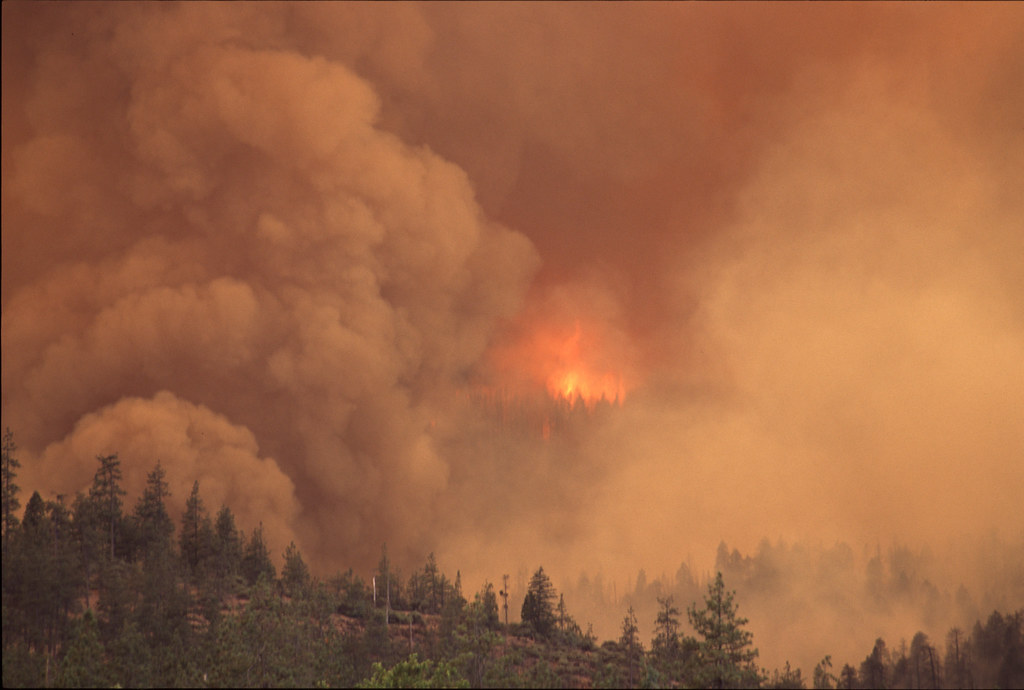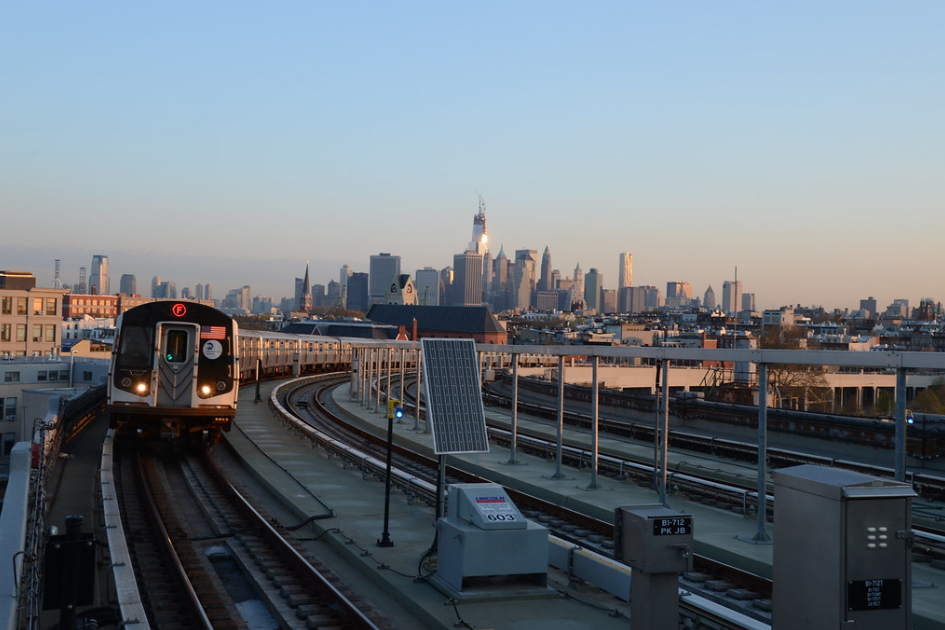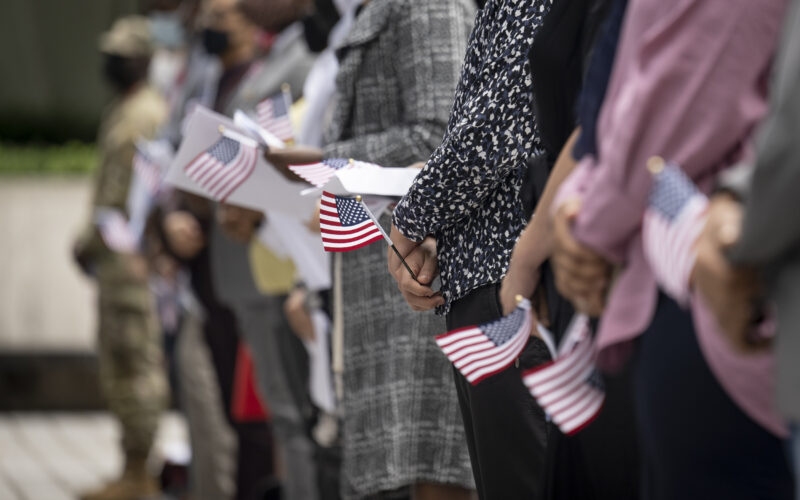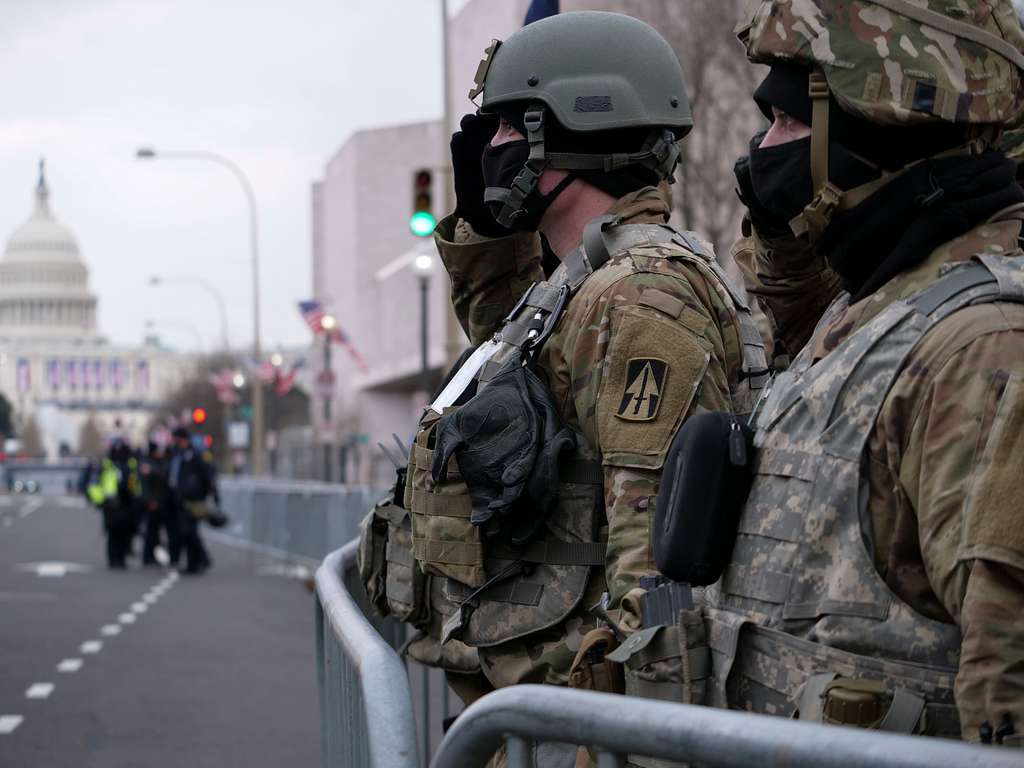The disastrous Hawaii wildfires that broke out on Aug. 8 could have been prevented if not for sluggish management and improper planning.
Lahaina, a coastal town in the west of the island of Maui, was the most severely affected by the wildfires, claiming 115 lives and displacing thousands. Maui County listed 388 people still missing as of Aug. 25.
The National Weather Service had warned officials about risky weather conditions two days before the first bushfire started. Hawaii was under a red flag warning for high fire-risk due to its drier-than-usual conditions from the summer drought.
In late July, high winds caused by Hurricane Dora accelerated hot embers, which spread spot fires further into town and residential areas.
Additionally, Lahaina was unusually hot with temperatures at about 80-degree Fahrenheit.
The weather alerts should have been taken seriously. The two days prior to the fires would have been a good time for officials to start taking measures to protect against wildfires.
Moreover, growing blankets of invasive grasslands in abandoned sugar plantations stemming from colonialism have been a concern for years in Hawaii, as they pose as great fuel for wildfires.
According to The Wall Street Journal, authorities failed to manage the dry vegetation and landowners did not have legal pressure to initiate removals.
The government’s neglect in trimming and in proper disposal of the invasive grassland, in combination with drought season, set the stage for the Maui wildfires.
Apart from environmental factors, substandard administrations and corporations played a larger role in prompting the chaos of the wildfires. Hawaii Electric is facing four lawsuits from Maui County for negligence to shut off power lines despite the red flag warnings of fire risk.
The lawsuit states that the utility company didn’t have any plans to shut off power ahead of the high wind forecast. Meanwhile, other utility corporations in fire-prone areas implemented the shut-down strategy without issue.
Locals alleged that the fire was caused by power lines igniting sparks after snapping due to high winds from Hurricane Dora.
Hawaii Electric also lacked maintenance plans for its electric emissions lines, which could’ve avoided power poles from toppling over. The company could have recognized the high risk for fire to expand rapidly if there were more attention to weather alerts.
Hawaii Electric states the decision to keep power on was to help Maui fire crews. However, Maui fire officials have responded that their water pumps can work without electricity.
This isn’t the only instance of poor decision-making and lack of proper administration.
Herman Andaya, the head of the Emergency Management Agency, failed Maui residents when he made the decision to not set off sirens that would’ve alerted residents and visitors of the fire.
Many citizens reported they became aware of the fires only when they were in such close proximity to them that they could smell and see the smoke.
Andaya cited that the sirens are only used during tsunamis and this might have confused the public. However, the MEMA website itself cites that the all-hazard siren system has broad purposes for both natural and human-made events.
A probe by the Honolulu Civil Beat found that the person leading Maui’s emergency services has no relevant experience in public health services or any of the technical training usually required in emergency services.
Overall, the people of Maui have suffered greatly at the hands of mismanaged administration and corrupt companies.
Another case of mismanagement that led up to the disastrous mortality of the Hawaii wildfires was a dispute between the Department of Land and Natural Resources’ water resource management division and West Maui Land Co.
The water standoff started when West Maui Land Co. requested additional water from DLNR’s water resource management to protect the homes on land managed by the company. However, DLNR’s deputy director delayed releasing the water until the fire had already spread.
Such conversations ought to have taken place beforehand so that in an emergency, resources can be allocated without wasting time on debates.
It is an indescribable feeling to grieve the death of a loved one, but to know their death could have been prevented with the proper management is an entirely different emotion and experience.
Moving forward, organizations should use this as an opportunity to develop appropriate emergency preparations for both natural and manmade disasters.








Masood • Sep 4, 2023 at 11:10 pm
Wow! You enlightened me about the law suit and fault of electric department which I didn’t know before. Nice article.
Mohammed Mujahid • Sep 4, 2023 at 9:59 pm
Very nice article
Mohsin • Sep 4, 2023 at 9:36 pm
This article sheds light on the unfortunate Hawaii wildfires and highlights several factors that contributed to the disaster. It’s crucial to acknowledge the importance of proper planning and responsiveness in such situations to prevent such devastating events in the future. Efforts to address the issues raised, from heeding weather alerts to managing invasive grasslands and improving utility company practices, can help ensure a safer environment for everyone in Hawaii. Very well written Ms. Lareb. Best wishes, Mohsin
Nikhat anjum • Sep 4, 2023 at 9:13 pm
Ossom representation of the disaster and measures to control the situation. Very informative and crystal clear concept to understand and overcome the
Wildfires.
Nazia • Sep 4, 2023 at 2:14 pm
I totally agree with you Ms. Lareb.
Nazia • Sep 4, 2023 at 2:10 pm
I totally, agree with you Ms. Lareb.